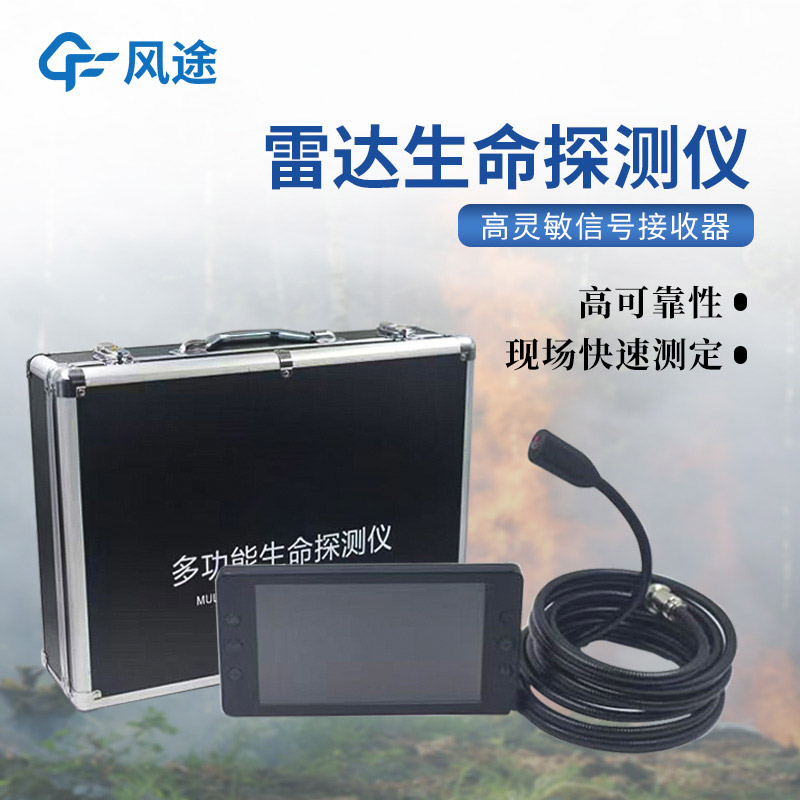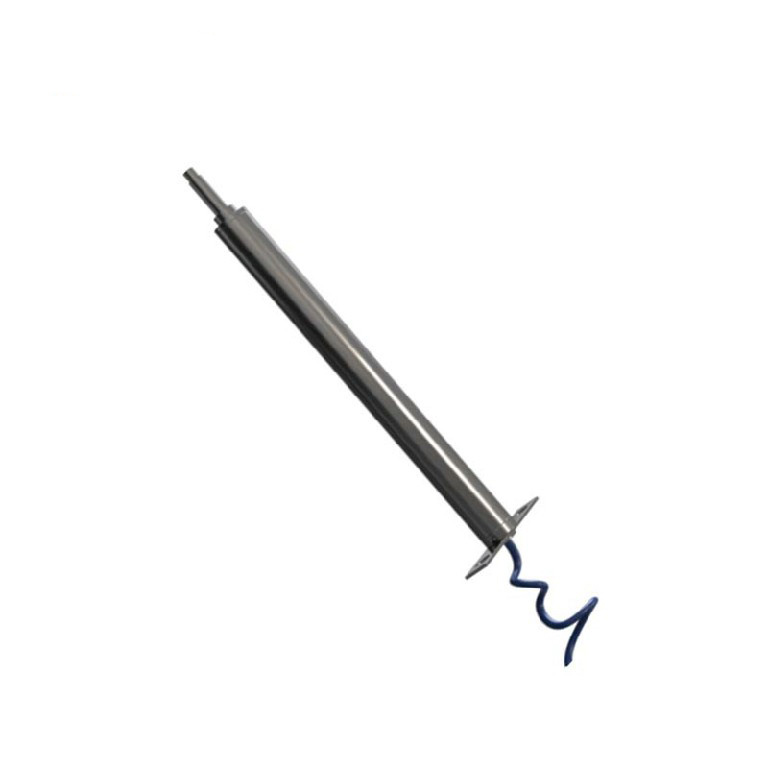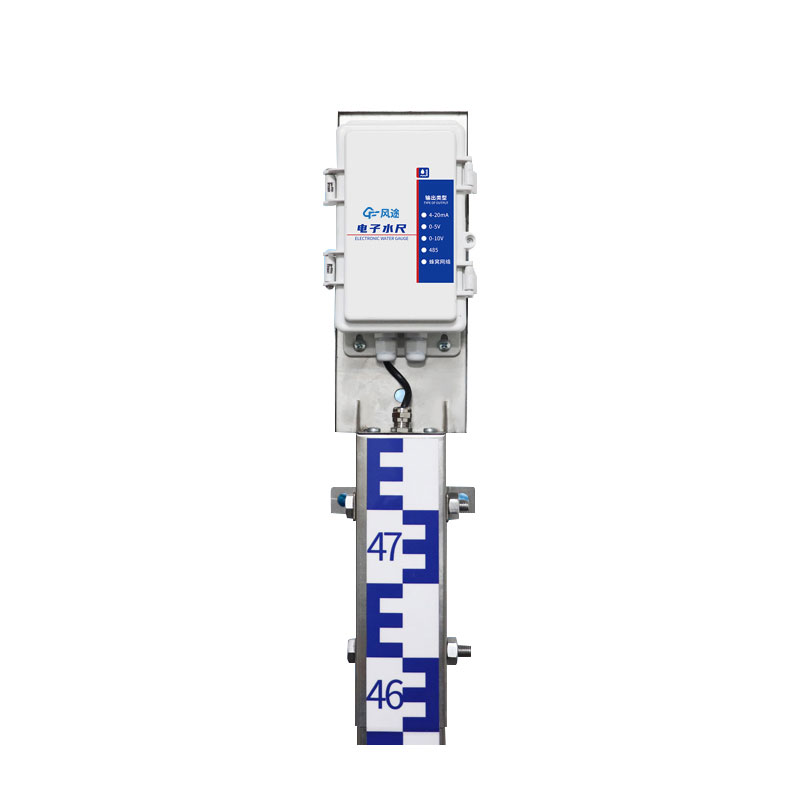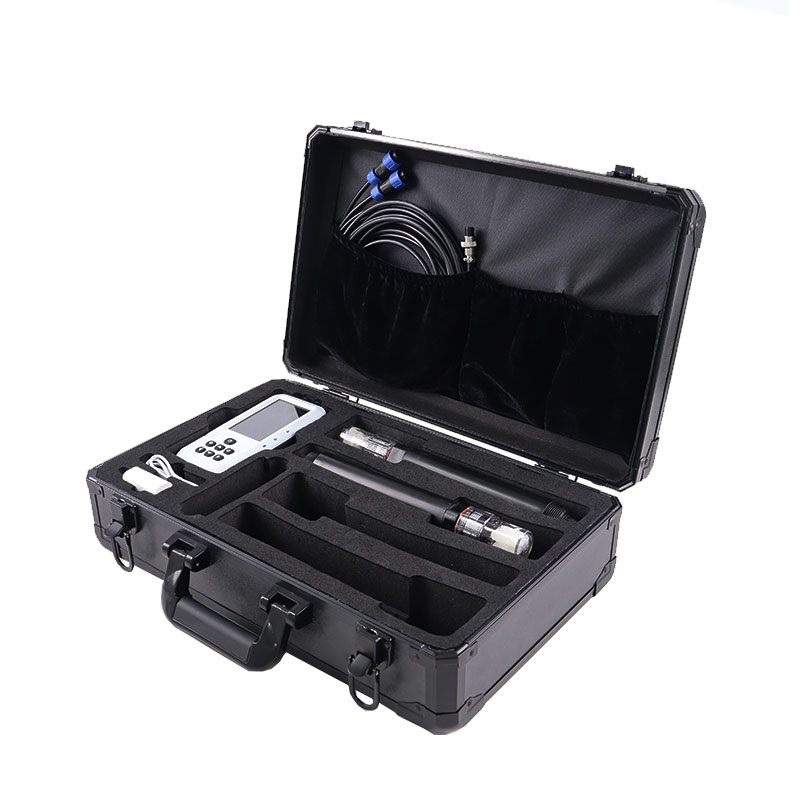In rescue operations, the top priority is to race against time to save lives. The handheld Radar Life Detector is an advanced rescue device that can strongly penetrate solid concrete walls and accurately locate signs of life, bringing convenience and hope to rescue efforts.
The handheld Radar Life Detector adopts ultra-wideband radar technology. It emits high-frequency electromagnetic waves, which have strong penetration ability and can pass through various obstacles, including solid concrete walls. Concrete walls are mainly composed of cement, sand, gravel and other materials, which are insurmountable obstacles for ordinary light and some conventional detection signals. However, high-frequency electromagnetic waves can propagate through the microstructural gaps in concrete. Even if they encounter metal structures such as steel bars inside the wall, which cause certain reflection and interference, the wide-spectrum characteristic can ensure that part of the signal continues to penetrate and finally reach the space behind the wall.
Generally speaking, the device can penetrate solid concrete walls with a thickness of ≥50cm. In some actual earthquake rescue scenarios, after multi-storey buildings collapse, thick concrete ruins are stacked layer by layer, and the handheld Radar Life Detector can stably penetrate these thick concrete obstacles to find trapped people.
When electromagnetic waves come into contact with living organisms behind the wall, they will be reflected. Human life activities, such as breathing and heartbeat, will cause slight vibrations of the surrounding air and human tissues. These tiny vibrations change the frequency, phase and other characteristics of the reflected electromagnetic waves. The Radar Life Detector receives the reflected electromagnetic waves and uses advanced signal processing algorithms to analyze and process the echo signals.
The instrument can extract characteristic signals related to human life activities from complex echo signals. For example, by analyzing the phase change of the reflected wave caused by chest rise and fall due to breathing, and the specific frequency modulation generated by the slight body vibration caused by heartbeat, it can accurately judge the existence of living organisms. It has high positioning accuracy, can quickly and accurately determine the position of the target, and provide rescuers with accurate coordinate information.
In a static state, its detection range for living organisms is ≥ 26m; if the living organism is in a moving state, the detection range can be extended to ≥ 36m. It wins precious time for saving lives and plays an important role in disaster rescue such as earthquakes, fires, collapses, as well as in special combat scenarios.

This paper addresses:https://www.fengtusz.com/industry/796.html









